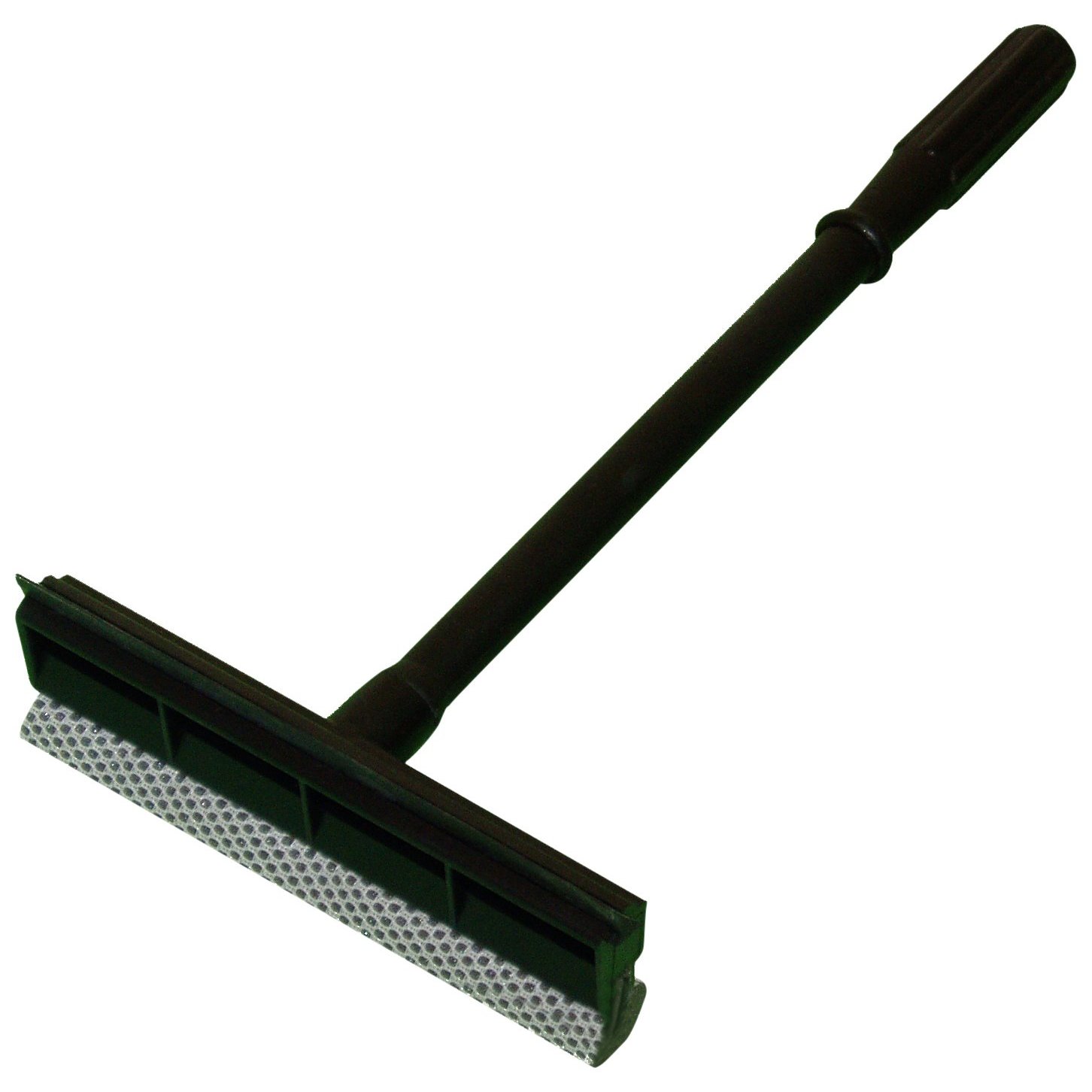It’s 6:25 am and I’m out for a ride on my bike. It’s still dark, making the fluorescent lights from the gas station that much brighter. As I pull closer, I see a figure lurking around one of the pumps. Closer still, the figure isn’t so much lurking, as he is working. In fact he appears to be cleaning the gas pump. Washing away the dirt, grime and personal residue of the previous days business. Just as I am about to wildly applaud his efforts, I see what he is using as a cleaning implement.
In fact it’s the same squeegee that his customers use to remove bugs from their windshields.
I’m no expert on cleaning tools and techniques, but I can’t imagine that this squeegee is the proper tool for this job.
I would hazard a guess that nowhere in his companies operating procedure manual does it state to use the squeegee to clean the surface of the gas pumps. It may not say ANYTHING about cleaning the gas pumps. Yet here he is, diligently doing just that.
Here is what is really ironic. This gentlemen works at a gas station/convenience store, and probably has much more appropriate cleaning materials at his disposal.
Let’s look at what possibly led to this moment.
- This employee (we’ll call him Jake) had the gumption (or was at least bored enough) to get out and clean the gas pumps.
- If he was doing this out of some sort of feeling of duty or it was a job responsibility, you’d have to at least applaud Jake’s efforts, but coach him on his methods.
- If Jake was bored, it’s understandable that he wouldn’t have put a lot of thought into the execution of his plan. Still, his efforts should be recognized and methods coached.
- During the coaching, we may find out that in fact there is another “proper” way to do this, but that they ran out of the right supplies, the supplies they had were unusable for some reason, or that Jake wasn’t really well versed on that procedure.
- We may also find that this enterprising young man at one point HAD taken it upon himself to utilize something from the store, but was reprimanded for either using the wrong product or for misappropriating an item that should have been sold for profit.
All of this adds up to a craftsman working with improper tools. While the old adage, “a poor craftsman blames his tools” may come to mind, I think there are other places that fault could be placed in this situation. A leaders’ job is to provide guidance, support, and resources so their employees can do the job they were hired to do. Does it sound like that was the case here?
What would you do if you were Jake’s boss?
Thanks for reading!
About the author: Matt couldn’t be more proud to have released his first book, “The Myth of Employee Burnout” last week. So far the reviews have been very positive… and Matt doesn’t even mind that most of those reviews are from his friends.





